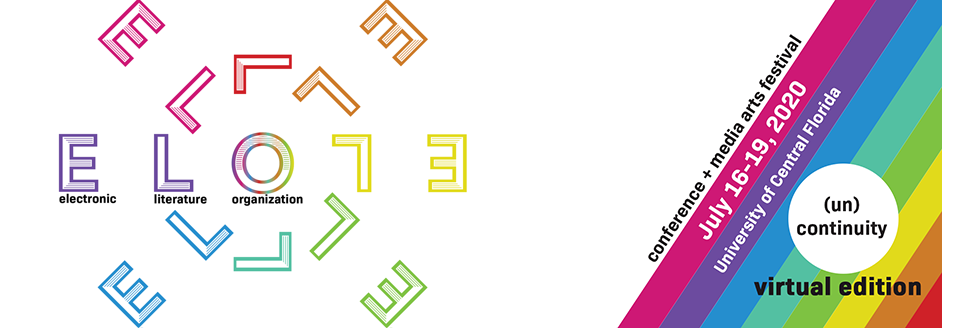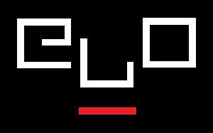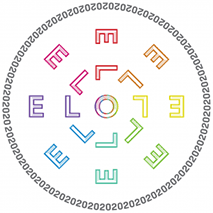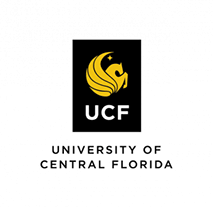Proposal Title
Submission Type
Conference Proceedings Paper
Abstract
In the influential 2005 paper "A Box, Darkly," Michael Mateas and Nick Montfort introduced the idea of multicoding: when one text holds multiple meanings, depending on context. Examples include polyglots, programs that can run successfully in two different languages, as well as sentences that can be read in French or English. Esoteric programming has a history of explicit multicoding languages. The best known are Piet, whose programs are images, and commands are the change in color from one pixel to the next; Shakespeare, with code written as plays, and Chef, whose programs are recipes that work in the kitchen. While these early examples are provocations, their creators did not necessarily consider in great depth the aesthetics of the mapping between systems. David Morgan-Mar, who created Chef, never cooked one of his Chef recipes. However, Ian Bogost, who has taught the language to his students for fifteen years, has much to say about what recipes work well in the Chef language, and what approaches to the language yield interesting results algorithmically and culinarily. Like Oulipian constraint systems, the designer of the esolang puts forward an idea, and it's the programmers experimenting with it who exhaust its premise. Over the past ten years, a new group of multicoding esolangs have emerged that learn from these earlier pieces. Nik Hanselmann's bodyfuck uses human motion as code, to make the labor of programming physical. My languages Velato and Light Pattern embrace music and photography, building on the language Piet, but more openly embracing the open-endedness of their media as carriers of multiple meanings. Will Hicks's Esopo project is a series of poetry-based esolangs, building on the premise of Shakespeare, but using literary tools more natural to the poet's toolbox. Meanwhile, Jon Corbett's Cree#, also inspired by Piet, builds on the tradition of storytelling in Métis culture. In his writing on the subject, he shows that all programming languages are multicoding along linguistic and cultural lines. This talk will serve as an intro to the potentials of multicoding esolangs, and how meaning is made in the collaboration between the language designers and the programmers who use them.
Included in
Art Practice Commons, Computational Engineering Commons, Interdisciplinary Arts and Media Commons
The Aesthetics of Multicoding Esolangs
In the influential 2005 paper "A Box, Darkly," Michael Mateas and Nick Montfort introduced the idea of multicoding: when one text holds multiple meanings, depending on context. Examples include polyglots, programs that can run successfully in two different languages, as well as sentences that can be read in French or English. Esoteric programming has a history of explicit multicoding languages. The best known are Piet, whose programs are images, and commands are the change in color from one pixel to the next; Shakespeare, with code written as plays, and Chef, whose programs are recipes that work in the kitchen. While these early examples are provocations, their creators did not necessarily consider in great depth the aesthetics of the mapping between systems. David Morgan-Mar, who created Chef, never cooked one of his Chef recipes. However, Ian Bogost, who has taught the language to his students for fifteen years, has much to say about what recipes work well in the Chef language, and what approaches to the language yield interesting results algorithmically and culinarily. Like Oulipian constraint systems, the designer of the esolang puts forward an idea, and it's the programmers experimenting with it who exhaust its premise. Over the past ten years, a new group of multicoding esolangs have emerged that learn from these earlier pieces. Nik Hanselmann's bodyfuck uses human motion as code, to make the labor of programming physical. My languages Velato and Light Pattern embrace music and photography, building on the language Piet, but more openly embracing the open-endedness of their media as carriers of multiple meanings. Will Hicks's Esopo project is a series of poetry-based esolangs, building on the premise of Shakespeare, but using literary tools more natural to the poet's toolbox. Meanwhile, Jon Corbett's Cree#, also inspired by Piet, builds on the tradition of storytelling in Métis culture. In his writing on the subject, he shows that all programming languages are multicoding along linguistic and cultural lines. This talk will serve as an intro to the potentials of multicoding esolangs, and how meaning is made in the collaboration between the language designers and the programmers who use them.




Bio
Daniel Temkin makes images, programming languages, and interactive pieces that use the machine as a place of confrontation between logic and human thought. His Straightened Trees and Dither Studies will be on exhibition in Feb 2020 at Higher Pictures gallery. His blog and research project esoteric.codes documents work engaging with the text of code, including experimental programming languages, code art, and other systems that break from the norms of computing. It was the 2014 recipient of the ArtsWriters.org grant, and was recently in exhibition at ZKM. His work has been a critic's pick for the NYTimes and ArtNews.